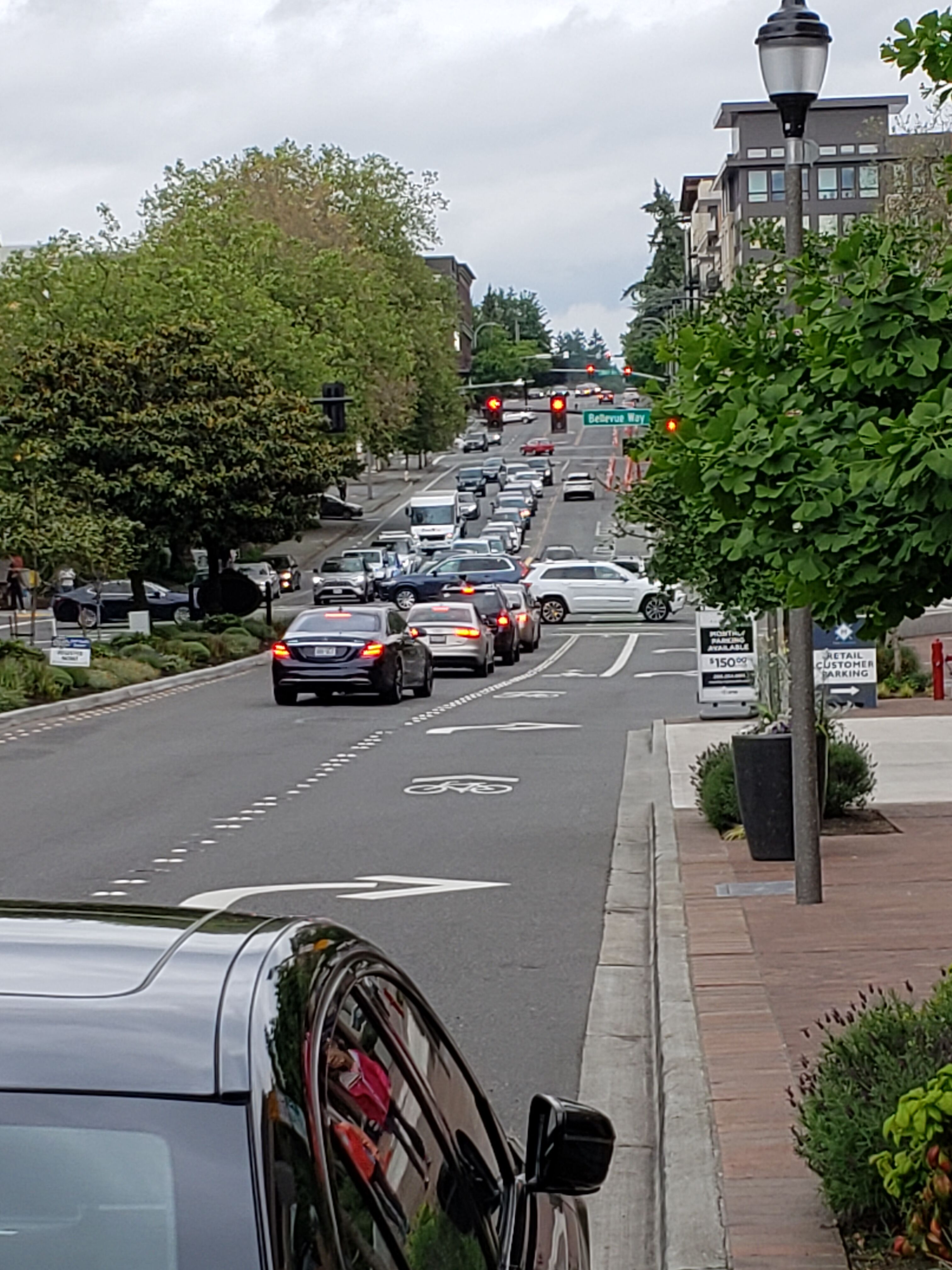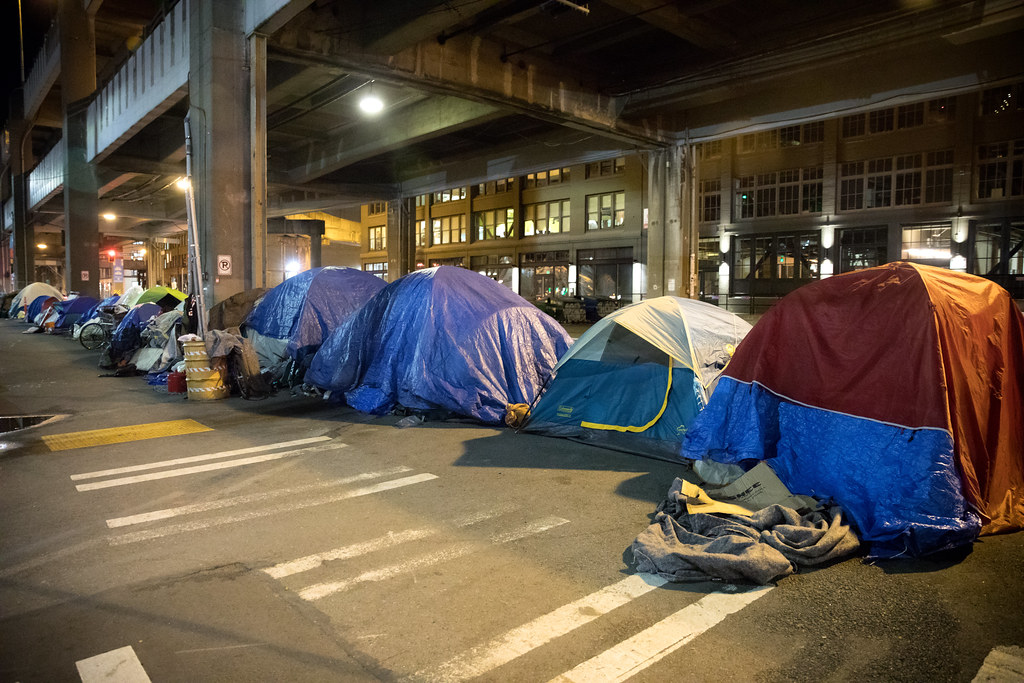Recently, we wrote about the Bellevue City Council’s plan to remove car lanes from Main Street in Bellevue for the purpose of adding bike lanes, which would serve a meager 25 bike trips per weekday.
Despite public outcry and a petition that hundreds of people signed in opposition to the plan, the Bellevue Transportation Commission seems poised to pass the recommendation to remove the lanes. This is another example of a Seattle special interest group having too much influence over what should be a public process.
After a contentious four-hour meeting on July 11th, the Commission deadlocked with a split decision on whether to proceed with the lane removal on Main Street or study an option on 2nd Street, which would require no car lane removal. Since no meeting was scheduled for August, the traditional recess for the Commission, no decision was expected until later this year. However, that didn’t stop those who wanted to fast track the lane removal, and a special meeting was hastily called for July 24th with barely 24 hours’ notice for the public.
The July 24th meeting was ultimately canceled due to a lack of quorum, but a second special meeting has now been scheduled for July 29th.
The plan was not altered, and no new information was made available, so it is curious that the previously deadlocked Commission is bringing this forward for a vote again.
Last year, the city took away lanes on 108th Ave NE, a road used by thousands of drivers and bus riders every day. Now, city staff are attempting to take away lanes on Main Street as well. It seems this Commission is bent on pushing its agenda through with total disregard for the public process.
The official bike plan approved by the City Council states that bike lanes should reduce congestion, even though they also admit only 0.5% of Bellevue commuters take bikes to work. Taking away lane capacity from the traveling public makes traffic worse.
Even in Seattle, it is clear that lane capacity is critical for our growing region, and cannot be given away to modes that do not carry the great majority of commuters. In 2017, a tanker truck carrying butane rolled over on I-5, causing massive backups on the highway and local arterials during the evening rush hour. The Seattle Times editorial board wrote an article saying that the city’s “decisions about traffic must include cars.”
“Major incidents will keep happening, and their effects are worsened because Seattle eliminated numerous arterial lanes in recent years. This reduced capacity hurt on Monday. Lanes were replaced with bicycle paths. The problem isn’t adding bike paths, it’s that the city did so by reducing general traffic capacity. This makes the street network less resilient and capable of handling surges — and more dependent on I-5.”
There is nothing in the plan that requires this to be rushed through. In fact, taking a step back and studying 2nd Street for a bike lane, which would require no car lane removal, would be a better course of action given the public outrage.
Traffic congestion on Main Street and Bellevue Way is already some of the worst in the city. Removing already scarce road capacity at a time when downtown is experiencing never-before-seen growth is counter intuitive when the city is trying to attract new business and remain competitive.
Bellevue needs to stop following the anti-mobility polices of Seattle and engage its constituents in the process, even if they obviously disagree with the direction the city is taking.






